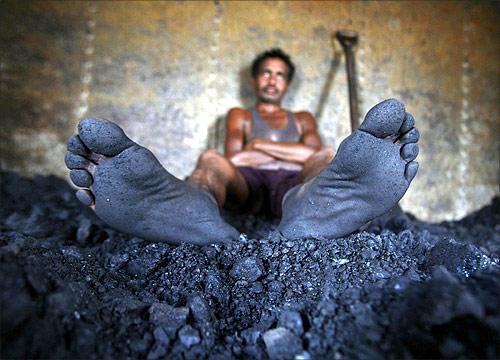
Now that the coal mining scandal is all set to get bigger than even the 2G telecom spectrum scam, it is perhaps time to review if the revelations in the last few weeks offer some policy lessons for the government.
Looking back, it appears that the first signs of the problem were visible when the policy on captive coal mining was formulated almost two decades ago.
The pre-Budget Economic Survey for 1994-95 makes an interesting observation on the policy on captive coal mining.
...
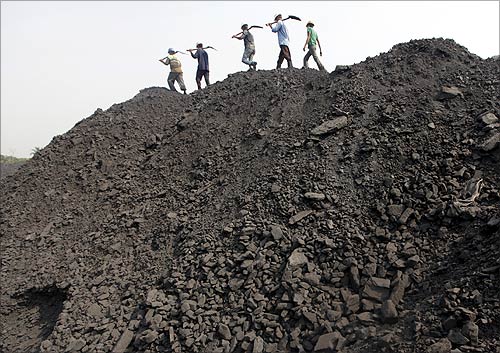
It says: "In order to encourage private sector investment in the coal sector, the Coal Mines (Nationalisation) Act, 1973 was amended with effect from June 9, 1993 for operation of captive coal mines by companies engaged in the production of iron and steel, power generation and washing of coal in the private sector." The operative words here are the need to "encourage private sector investment in coal mining".
Indeed, elsewhere in the same edition of the Economic Survey, the government indicates what could have triggered such a policy response.
As on December 31, 1994, it notes, as many as 22 of the 71 coal projects under implementation were "bedevilled" by time and cost overruns.
...
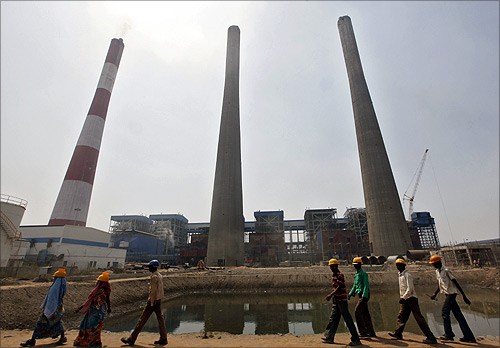
The average slippage in the execution of each of these projects, being implemented by Coal India Limited, was 38 months and the resultant cost escalation was Rs 77 crore.
A year ago, 21 of the 51 projects under implementation were hit by such delays and the average time and cost overruns for each of those projects were 32-40 months and Rs 80 crore, respectively.
So it was clear to the government that the state-owned Coal India's efforts to produce about 238 million tonnes of coal in 1992-93 were not enough to meet the country's rising demand for fuel to run its power and steel plants. The pace of coal mining projects undertaken by Coal India was also slow, as evident in the figures put out in the Economic Survey.
...
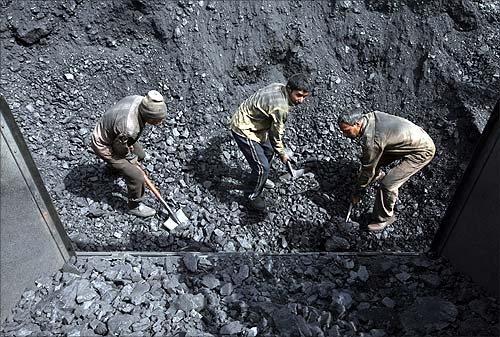
An option before the government then was to throw open the coal sector to the private sector. But by then the pace of economic reforms had slowed down and the Narasimha Rao government was reluctant to initiate such a bold step.
Instead, it settled for a compromise formula by allowing captive coal mining by the private sector in specified areas.
That was the first mistake. Allowing the private sector to enter coal mining was perhaps not the right step even then. But as a compromise, why should the government have allowed captive mining by the private sector? And that too without putting in place a transparent system of allotment based on competitive bidding?
...
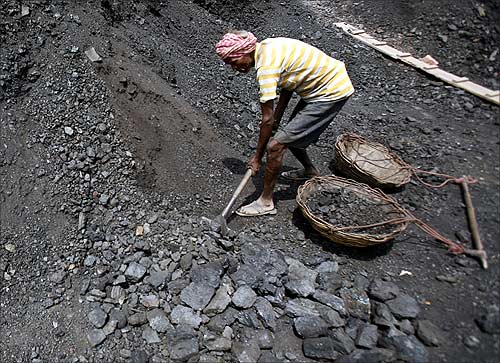
It is a poor comment on the governance standards followed by several governments since then that a largely discretion-based allotment of coal blocks for captive mining continued for several years. And it perhaps would have continued for many more years if the Comptroller and Auditor General's report had not raised the current storm.
The second mistake was to believe that captive mining was a way out of the coal shortage problem faced by industry. Captive mining has three basic flaws.
One, it is difficult for the company engaged in captive mining to know in advance the quality of coal it will be able to extract from the block.
...

It is possible that a power-generating company, for whom the quality of coal is not very critical, may get top-quality coal from its captive mine and will, therefore, be forced to use that high-grade coal for power generation.
That would be a colossal waste of national mineral resources.
Remember that captive mining policy does not allow the company to transfer the high-grade coal to someone else who can use it more profitably.
Two, the policy on captive mining underestimated the importance of the well-established system of coal linkages that have stood the test of time in meeting industry's coal needs.
With captive mines, a company was no longer a beneficiary of allocations made by the coal linkages committee. Instead, it had to depend on the supplies of the captive coal mines.
...
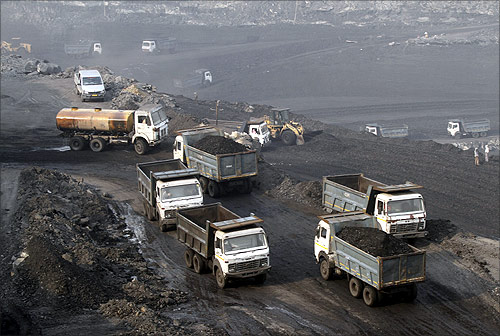
The quality of the coal mined from such blocks and their location often created problems from which the earlier system of coal linkages was completely free. So, what did the captive miners gain?
Three, several captive coal blocks were located in difficult areas. Either obtaining environmental clearances for such blocks was a problem or their geological reserves were not considered very rich.
Not surprisingly, coal is currently being produced only from 29 of the 195 blocks earmarked for captive mining, and production in 2010-11 was estimated at 34 million tonnes compared to over 400 million tonnes of coal in the remaining blocks.
The reality all governments in the past two decades refused to see was that the policy of captive coal mining could not be a solution to industry's coal shortage problem.
...

Worse, without regulation and competitive bidding, it paved the way for discretionary allotment of coal blocks to industry and, therefore, was an invitation to corruption.
The question that nobody in government then and now is answering is, if Coal India failed to meet the rising coal demand and privatisation of coal industry was not an option, then why did nobody think of setting up another state-owned company to produce more coal?
Was captive coal mining, therefore, an offshoot of the government's half-hearted approach to reforms in the last two decades?
Worse, without regulation and competitive bidding, it paved the way for discretionary allotment of coal blocks to industry and, therefore, was an invitation to corruption.
The question that nobody in government then and now is answering is, if Coal India failed to meet the rising coal demand and privatisation of coal industry was not an option, then why did nobody think of setting up another state-owned company to produce more coal?
Was captive coal mining, therefore, an offshoot of the government's half-hearted approach to reforms in the last two decades?